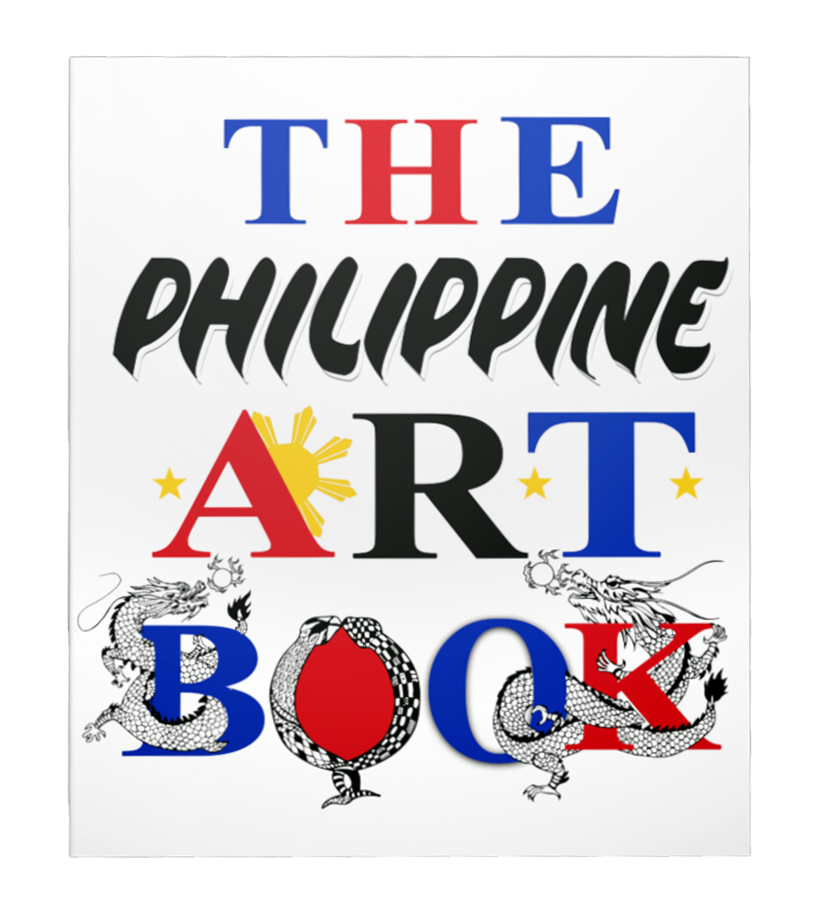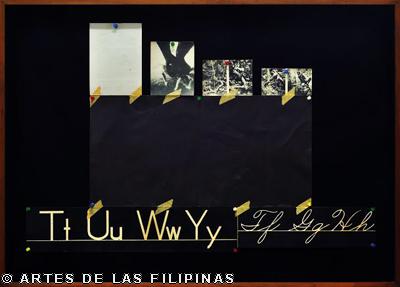
King Ziggurat (1980)
Roberto Chabet at West Gallery
and Finale Art File
By: Jack Sotto
August 2014-- This year marks the 50th anniversary of Roberto Chabet as an artist. To commemorate this milestone, a series of exhibitions is running until January 2012. It began with highly anticipated shows presented by Osage Art Foundation in Hongkong and the Institute of Contemporary Arts in Singapore and continues with exhibits in several Manila galleries. The various shows can be seen as retrospective in cumulative installments.
Considered a pioneer in conceptual art in the Philippines, Chabet (b. 1937) has produced thousands of works, from drawings, paintings, collages to sculptures and installations, the majority of which have been documented in the Chabet Archive, a comprehensive undertaking initiated by Ringo Bonoan in conjunction with the Lopez Museum.
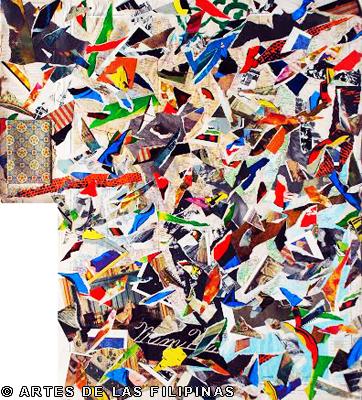
English Interior, collage (1982)
Chabet has also been an influential teacher, mentoring two generations of artists at the University of the Philippines. He has also spearheaded provocative that have questioned the nature, history.
The first two Manila shows were at West Gallery and Finale Art File, which have had long associations with Chabet. Ziggurat at West Gallery straddles two timeframes, the 1970s – 1980s and 2010. Chabet, who works serially to explore, finesse, and maximize an idea, moors these drawings, collages, and paintings in the form of the ziggurat.
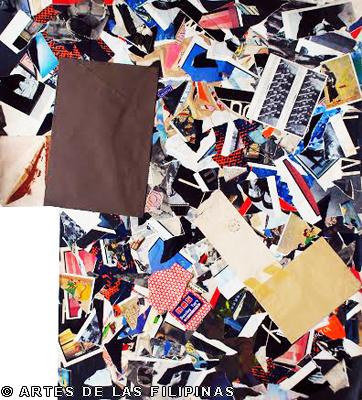
Dancing Toys, collage (1986)
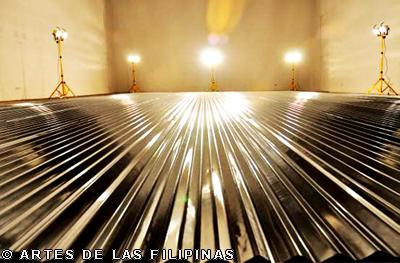
Onethingafter another (2011)
Chabet has often favored ordinary, industrial materials, usually pre fab and store bought, like plywood and clipboards. Minimalists like Donald Judd were champions of such homely anti-art materials.

The upper galleries were the site of twin Flavin - flavored neon – light pieces. Neon has been part of Chabet’s repertoire since the 1980s. In the first gallerry the phrase “onethingafteranother” in neon had been placed a top an altar – like wooden slab. The second gallery was dominated by “imageafterimage” installed in the same manner. The phrases are words strung together and mean what they mean, quite matter of fact, but with a personal resonance.
With the first two of Chabet’s Manila shows over, seven more are in the offing, more reasons to understand one of the most stimulating minds in contemporary Filipino art.
Jacinto Sotto holds a BFA in Painting from the College of Fine Arts, University of the Philippines, Diliman. As a student he participated in several oneman shows at the Cultural Center of the Philippines, notably “Portfolio” and “On Color”. In 1977 he was named one of the CCP’ Thirteen Artists. He held his first oneman show in 1978 at the Sining Kamalig. Since then he has mounted five solo exhibits, most recently at Finale Art Gallery and Magnet. He was an award-winning creative director at McCann Erickson, which was the No.1 ad agency of the 80s and 90s. He has contributed articles and reviews for Philippine Art Supplement, BluPrint, Media (a regional magazine on marketing communications), and Asian Art News, the only English magazine devoted to Asian Art in the world.
Recent Articles
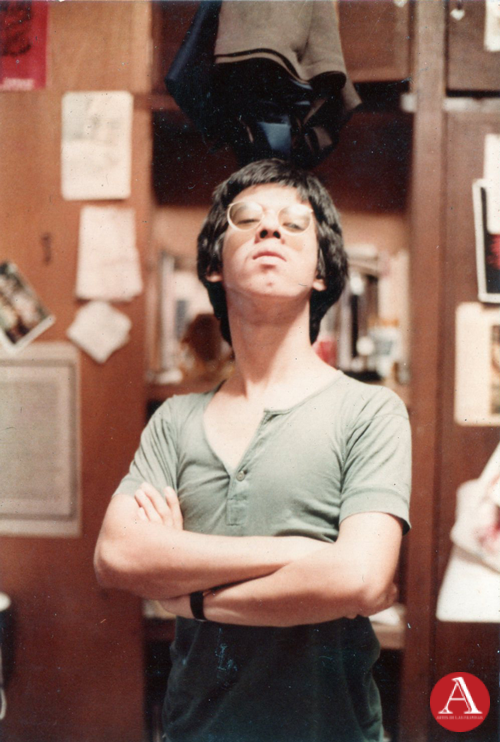 FEDERICO SIEVERT'S PORTRAITS OF HUMANISM
FEDERICO SIEVERT'S PORTRAITS OF HUMANISMJUNE 2024 – Federico Sievert was known for his art steeped in social commentary. This concern runs through a body of work that depicts with dignity the burdens of society to...
.png) FILIPINO ART COLLECTOR: ALEXANDER S. NARCISO
FILIPINO ART COLLECTOR: ALEXANDER S. NARCISOMarch 2024 - Alexander Narciso is a Philosophy graduate from the Ateneo de Manila University, a master’s degree holder in Industry Economics from the Center for Research and...
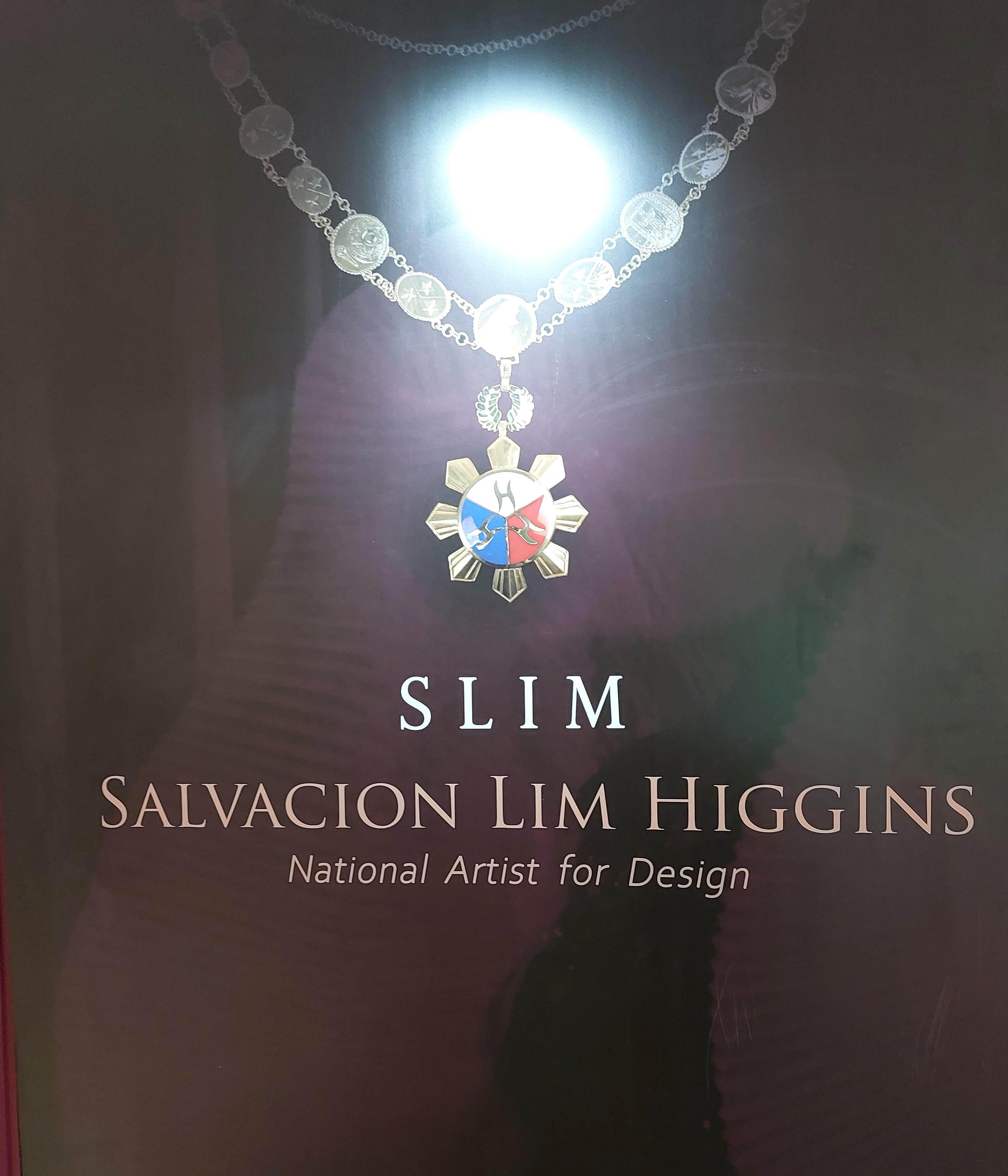 An Exhibition of the Design Legacy of Salvacion Lim Higgins
An Exhibition of the Design Legacy of Salvacion Lim HigginsSeptember 2022 – The fashion exhibition of Salvacion Lim Higgins hogged the headline once again when a part of her body of work was presented to the general public. The display...
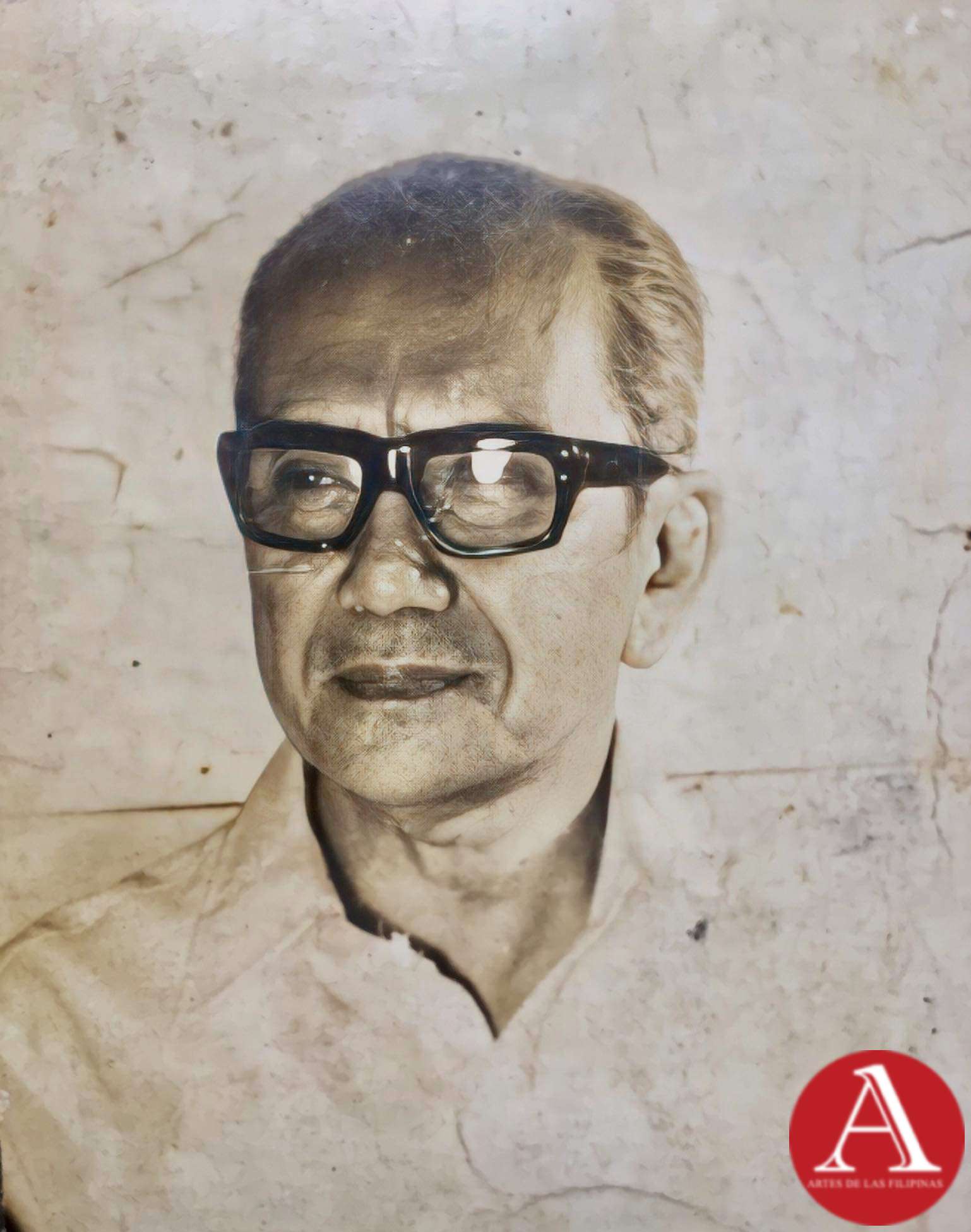 Jose Zabala Santos A Komiks Writer and Illustrator of All Time
Jose Zabala Santos A Komiks Writer and Illustrator of All TimeOne of the emblematic komiks writers in the Philippines, Jose Zabala Santos contributed to the success of the Golden Age of Philippine Komiks alongside his friends...
 Patis Tesoro's Busisi Textile Exhibition
Patis Tesoro's Busisi Textile Exhibition
The Philippine Art Book (First of Two Volumes) - Book Release April 2022 -- Artes de las Filipinas welcomed the year 2022 with its latest publication, The Philippine Art Book, a two-volume sourcebook of Filipino artists. The...
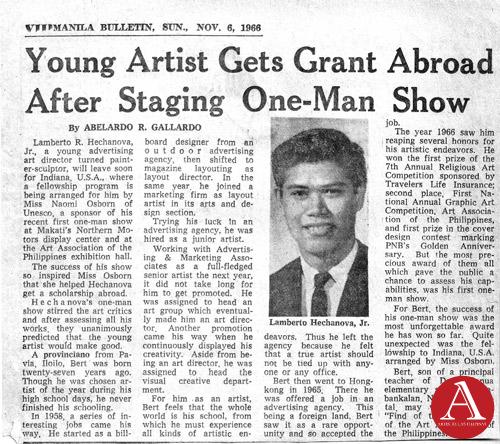 Lamberto R. Hechanova: Lost and Found
Lamberto R. Hechanova: Lost and FoundJune 2018-- A flurry of renewed interest was directed towards the works of Lamberto Hechanova who was reputed as an incubator of modernist painting and sculpture in the 1960s. His...
 European Artists at the Pere Lachaise Cemetery
European Artists at the Pere Lachaise CemeteryApril-May 2018--The Pere Lachaise Cemetery in the 20th arrondissement in Paris, France was opened on May 21, 1804 and was named after Père François de la Chaise (1624...
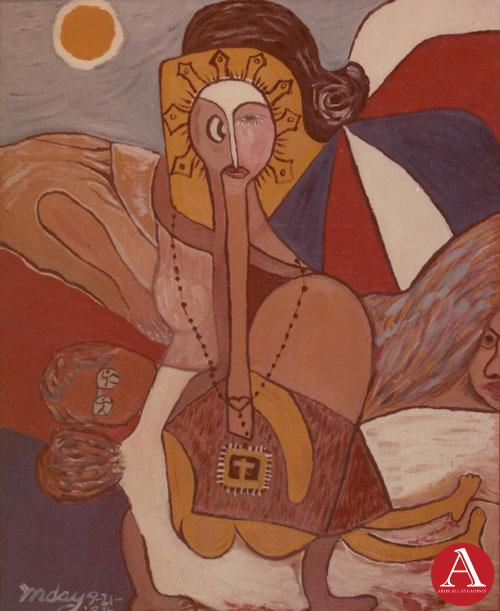 Inday Cadapan: The Modern Inday
Inday Cadapan: The Modern IndayOctober-November-December 2017--In 1979, Inday Cadapan was forty years old when she set out to find a visual structure that would allow her to voice out her opinion against poverty...
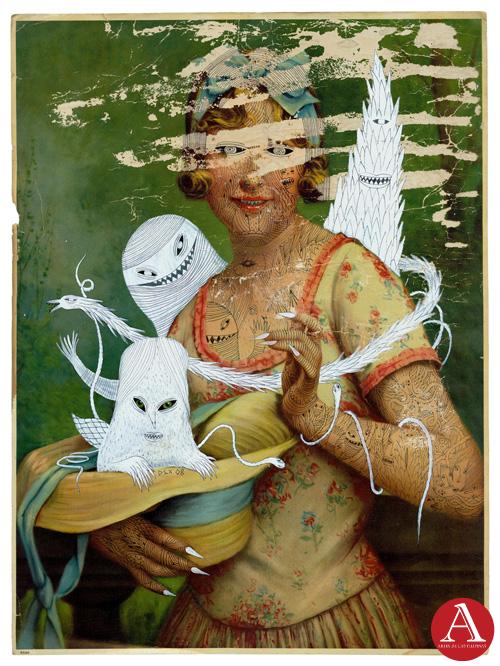 Dex Fernandez As He Likes It
Dex Fernandez As He Likes ItAugust-September 2017 -- Dex Fernandez began his art career in 2007, painting a repertoire of phantasmagoric images inhabited by angry mountains, robots with a diminutive sidekick,...




